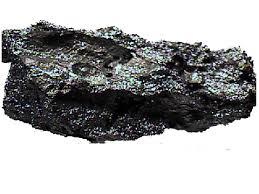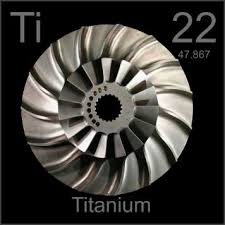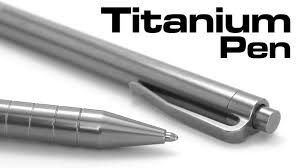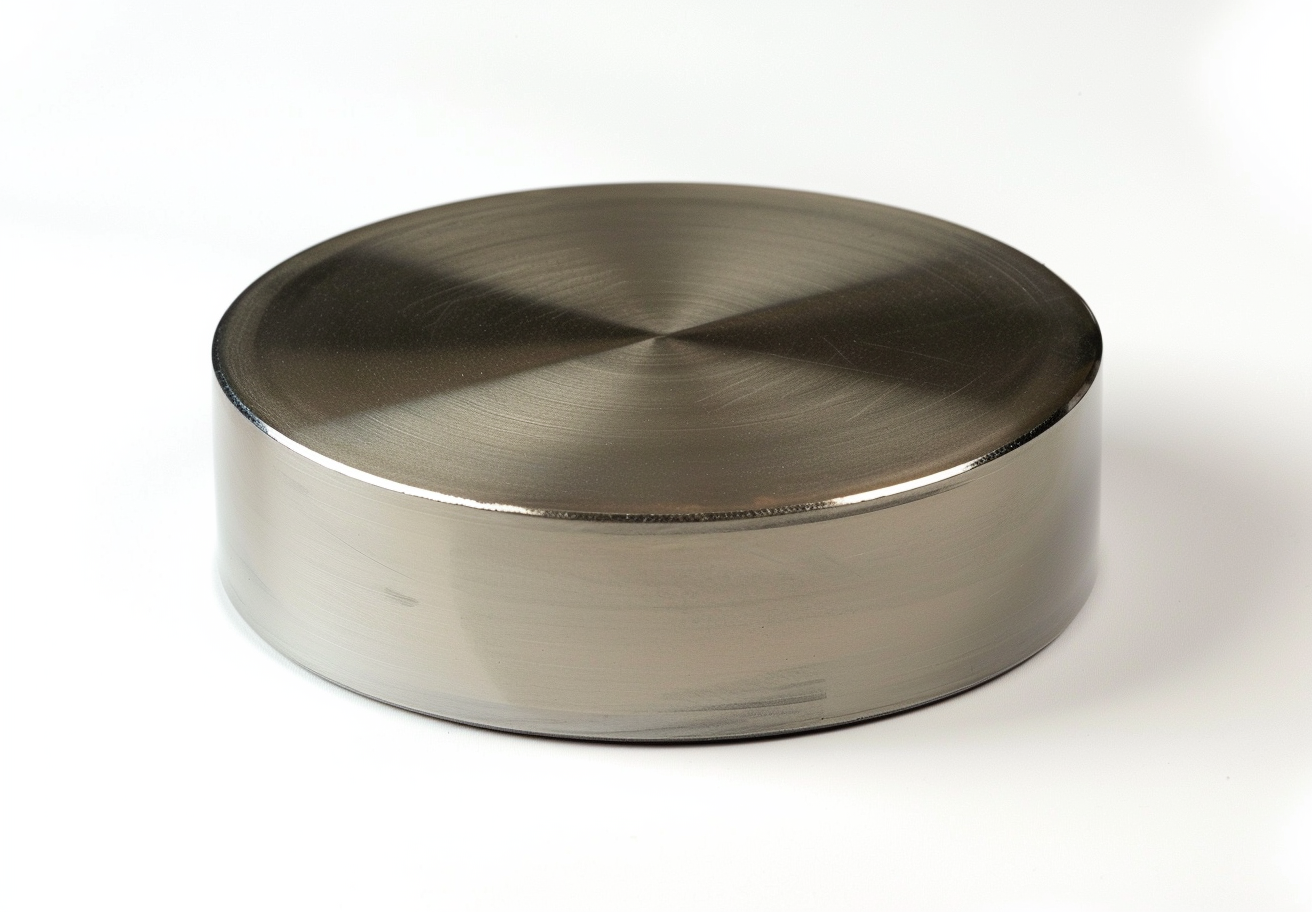When Titanium Was Discovered
Discovery of Titanium
In 1791, Reverend William Gregor discovered minerals containing titanium in Cornwall, England. Reverend William Gregor was an English amateur mineralogist. He collected black sand near a small stream in the parish of Manaccan. He observed that the sand was attracted by a magnet. Analysis showed that the sand contained two metal oxides: iron oxide and a white metal oxide that remained unidentified. At the same time, Franz-Joseph Müller von Reichenstein produced a similar material that did not gain recognition.

In 1795, the German chemist Martin Heinrich Klaproth analysed red rutil produced in Hungary. He endorsed the naming method used for uranium and designated the new element as "Titan". When he became aware of Gregor’s earlier discovery, he obtained samples of the Manaccan minerals and confirmed the presence of titanium.
The titanium discovered by Gregor and Crabbe was in the form of powdered titanium oxide rather than metallic titanium. Titanium oxide is stable, and titanium metal bonds directly with oxygen, nitrogen, hydrogen and carbon. Consequently, producing metallic titanium is challenging. In 1910, the American chemist Matthew A. Hunter produced TiCI with a purity of 99.9% by reduction with sodium.
In 1940, the Luxembourgish scientist W.J. Kroll produced pure titanium by reducing titanium tetrachloride (TiCl4) with magnesium. Since then, magnesium reduction and sodium reduction have become the industrial methods for producing titanium sponge. In 1948, the United States produced 2 tonnes of titanium sponge using the magnesium reduction method, thereby initiating industrial titanium production.

Development Process of the Titanium Industry
Scientists discovered the element titanium in 1789. However, it was not until 1908 that Norway and the United States produced titanium dioxide using the sulphuric acid process. In 1910, sodium was first extracted from titanium sponge in a laboratory setting. In 1948, the American company DuPont Co. produced tonnes of titanium sponge using the magnesium reduction method. This event marked the beginning of industrial production of titanium sponge-based titanium.
Production of Titanium
Melting of Titanium
Melting the titanium raw material and adding additional materials, followed by titanium processing and densification of titanium alloys, is the first step in preparing titanium materials.
General titanium materials are produced using two self-consuming melting processes. Certain titanium alloys for applications in aerospace require melting three times.
Melting Process for Titanium Sponge
Magnesium Reduction Process
The process to produce titanium involves reducing titanium tetrachloride (TiCl4) with magnesium. The reduction is conducted at high temperatures under an inert gas atmosphere. Remaining metallic magnesium and MgCl2 are removed by vacuum distillation to obtain titanium sponge.

Sodium (Na) Reduction Process
This method is also known as the Hunter method and represents the earliest approach to producing titanium metal.

 Bars
Bars
 Beads & Spheres
Beads & Spheres
 Bolts & Nuts
Bolts & Nuts
 Crucibles
Crucibles
 Discs
Discs
 Fibers & Fabrics
Fibers & Fabrics
 Films
Films
 Flake
Flake
 Foams
Foams
 Foil
Foil
 Granules
Granules
 Honeycombs
Honeycombs
 Ink
Ink
 Laminate
Laminate
 Lumps
Lumps
 Meshes
Meshes
 Metallised Film
Metallised Film
 Plate
Plate
 Powders
Powders
 Rod
Rod
 Sheets
Sheets
 Single Crystals
Single Crystals
 Sputtering Target
Sputtering Target
 Tubes
Tubes
 Washer
Washer
 Wires
Wires
 Converters & Calculators
Converters & Calculators
 Write for Us
Write for Us
 Chin Trento
Chin Trento



